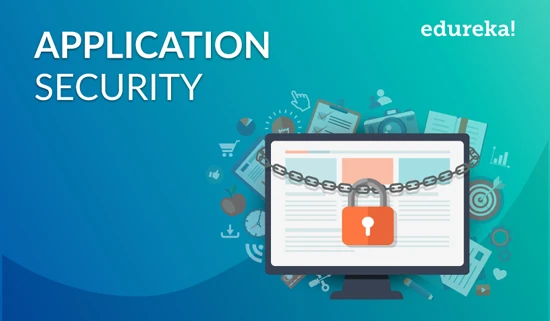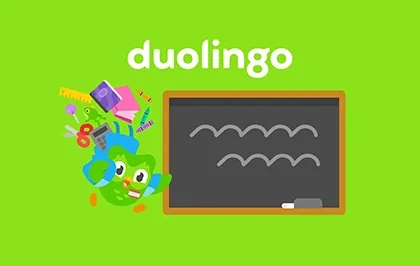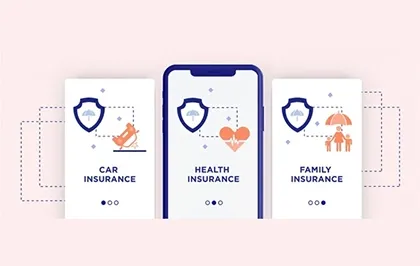Many companies today engage in international interactions, making it crucial to enhance your foreign language skills, even from home. While some seek ways to learn new languages, others strive for optimal solutions, particularly through web-based and mobile learning. Successful services of this type can be a lucrative income source for their owners. A notable example is the language learning app, Duolingo.
Want to lead the language app market and generate income?
This article explores how top language learning apps function. To develop a language learning app like Duolingo, you need to understand the operations and processes of such apps. Let's explore them!
What is the Duolingo app?
The Duolingo learning app is a free platform for language learning and crowdsourced translation.
Its primary advantage is teaching languages from the basics. The app's curriculum is hierarchically structured and presented as an achievement tree. After each lesson, users earn points, advancing them to higher levels (conditional upon achieving the required points).
What features can a language learning app offer?
Learning Exercises: Offer the maximum number of diverse lessons for learning new words, reading and translating text, comprehension, listening, and more.
Video Content: To develop a language learning app similar to Duolingo, provide valuable video content: video clips, music videos, movie excerpts, etc. Subtitles (and possibly translations) are essential!
Books: Nothing beats reading books by favorite authors in their original text for book lovers, especially with helpful notes (like translations of difficult phrases). While less useful for beginners, advanced learners will appreciate this feature.
Chatbot: Another useful feature in language learning apps like Duolingo. The bot's role is to answer basic user questions (e.g., pronunciation of a specific word). You can also use the bot to assess the pronunciation of a phrase recorded by the user and provide a translation if possible. This requires implementing speech-to-text translation, which might increase development costs, but it enhances the UX of your language learning app.
Why develop a language learning app?
Let's examine the statistics of educational platforms, including language learning apps.
Data from statista.com shows that investing in language learning apps is profitable. But why? What makes these educational systems so popular?

By designing a language learning app, you help users effectively acquire knowledge, creating a consistent income stream for yourself!
In the Duolingo app, its features are free. Instead, until 2017, Duolingo used a crowdsourcing business model. Students were invited to translate articles and vote on translations. Translation requests came from organizations paying for translations.
A suitable approach for designing language learning apps is offering Light and Pro versions (the latter with expanded features). As seen in many apps similar to Duolingo, users purchase subscriptions when your service is truly efficient and reasonably priced.
It's logical to make your platform free but monetize certain attractive features – for example, access to all videos and books, or free use of bots.
In-app advertising in Duolingo replaced income generation through translation.
How to build a language learning app like Duolingo?
First, to develop an app like Duolingo, you must consider key components.
Appropriate Learning Format: For language learning, give users freedom and cater to all their potential needs. This requires diverse learning content (video, audio, text, images, etc.).
Social Media Integration: This simplifies registration and allows you to integrate user data from social networks (like FB). Users avoid spending time answering standard questions about name, location, age, etc.
Gamification: Traditional education is often associated with boredom! Mobile apps have transformed language learning into an engaging game with reward systems, motivation, progress tracking, and opportunities to compete with other users. Incorporate game elements into your language app.
Transparent Processes: Ensure your service benefits learners of all levels. Provide helpful tips and guidance, create a chatbot, and offer support contact if the bot is unhelpful.
Engaging Design: A user-friendly app is essential. The interface should be intuitive, clean, and avoid unnecessary details. This requires the expertise of UI/UX designers.
iOS and Android: Since users utilize different devices, your app must function correctly on both iOS and Android. This increases development costs, but there's no other path to future success.
We've discussed features and key aspects of useful language learning apps. Now, let's review Duolingo's features.





